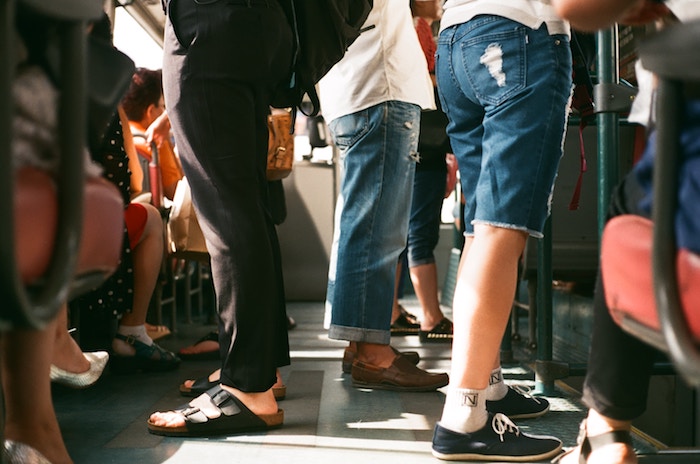Losing beats winning in the obesity stakes
15 October 2017
A new OECD obesity update reports New Zealand has come third in the obesity stakes, just behind Mexico and the USA. We’ve held third place since 2007, but the percentage of obese adults has increased from 26.5% to 30.7%. Health sector researchers and professionals are very concerned about the implications of obesity, contributing causes, and costs for New Zealand.
Healthier Lives Director, Professor Jim Mann, was interviewed by Mark Sainsbury, on RadioLive on World Obesity Day, 11 October 2017.
Listen to Jim’s views about the impact of obesity for New Zealand. What can we do for adults and our children, what about the growing incidence of diabetes, and how we go about prevention at a population level by making the better choices the easier choices. He offers advice on what ‘looks’ healthy and what to watch out for. He also discusses what mechanisms our policymakers have in place, and what needs to work a whole lot better.
Listen to the full interview on RadioLIVE:
NZ’s big problem: What can we do about obesity?, Radio Live, 11 October, 2017 (12min 33sec; Safari or Chrome are the best browsers for accessing this recording)
Read more:
- Nearly a third of adult NZers now considered obese, Radio Live, 19 November 2017
Preventing obesity: A kids-eye view
Everyday exposure to junk food advertising

In preventing obesity, particularly for our children, we talk about the impact of the environment; making the better choices the easier choices. What would a kids-eye view tell us about their world?
Healthier Lives Deputy Director, Cliona Ni Mhurchu, is also the Programme Director for Kids’Cam.
In this study researchers from the universities of Otago and Auckland put cameras on 168 kids aged 11-13. They wore them for four days. Images were taken every seven seconds, and their GPS location every five seconds.
Associate Professor Louise Signal, lead author, reported that the cameras picked up 27 junk food ads on average every day. Most commonly these were ads for sugary drinks, fast food, confectionery and snack food.
Read more:
- Junk food, booze on display Science Media Centre, 13 October 2017
- Children’s everyday exposure to food marketing: an objective analysis using wearable cameras International Journal of Behavioral Nutrition and Physical Activity (2017) 14:137
The research, led by Associate Professor Louise Signal at the University of Otago Wellington, was funded by the Health Research Council of NZ as part of the DIET research programme, directed by Professor Ni Mhurchu at the University of Auckland.
New Zealand children visit food outlets more than sporting venues
‘Kids in Space’, an auxiliary study of the Kids’Cam study, used wearable cameras and GPS technology to examine the world in which children live. Measuring children’s movements over a four day period it was discovered that children aged 11-13 visited food retail outlets as often as sporting and outdoor recreation venues combined. On average children visited food retail outlets twice a day, spending 14 per cent of all their non-school time there.
Read more:
- Kids in Space Study: Where do our children go? Scoop, 9 November 2017
- Kids in space: Measuring children’s residential neighborhoods and other destinations using activity space GPS and wearable camera data Social Science & Medicine (2017) 193:41-50
This research, led by Tim Chambers at the University of Otago Wellington was funded by the Health Research Council of NZ as part of the DIET research programme, directed by Professor Ni Mhurchu at the University of Auckland.


